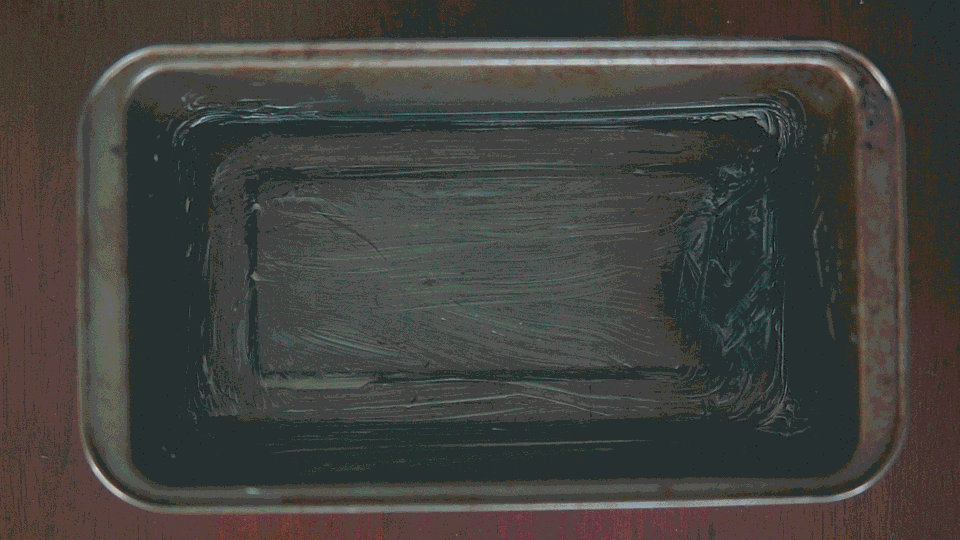It’s nearly that time of year again, when the tax return looms bigger with every passing day. Thousands of home business owners leave it till the last minute to file their return, causing themselves all kinds of stress.
If this job is still on your back burner, now’s the time to turn up the heat and get those figures simmering.
1. Resolve to Get Started
Finding momentum is often the hardest part, especially if you’re not terribly organised and finding a starting place is a challenge. But once you get the books out or open up your accounting software and make a start, it becomes less of a struggle and it’s easier make progress.
If you’re really struggling, focus on what worries you most about being late, and work from that. For instance, maybe you know you’ll need some help from HMRC. Remind yourself the helpline will only get busier as the deadline creeps closer. Make that phone call as soon as possible.
2. Organise the Paper
You’ll have two main categories: earnings and expenses. Those are broken down into sub-categories so you can see, for instance, your travel costs separated from costs for purchasing stock or capital equipment.
Gather all your paper records and, if it helps you see the big picture, print off a copy of your online records. Go through all your transactions and balance each one against the corresponding entry on bank or other statements.
You can devise your own numbering system for receipts so you don’t have to work with the sometimes very long printed receipt numbers. It doesn’t matter what number system you use as long as the corresponding record is similarly marked so anyone could marry them up.
You need to do the same exercise for both income and expense, remembering things like dividends or pensions, and bank interest charges or payments.

3. Know Your Allowable Expenses
There are some things you can claim to reduce your tax bill. Household utilities if you work from home are one example, with business rates and insurances another one.
Calculating what you can claim for and how much depends on individual circumstances, so it’s impossible to give guidance with total accuracy. HMRC has some straightforward advice, or an accountant could give you some insight. In order to calculate figures against home expenses, you’ll need to know exactly what your bills were, so include household bills when you’re gathering paperwork for step two.

4. Take it Step by Step
Filling in a tax return can be a lengthy process, and you need to take care with accuracy. A misplaced decimal point could cost you thousands. Allow a little time every day to work on it, and set some milestones to work towards. Remember, even if you have registered your company as dormant, and you have stopped engaging in any business activity, it is still a legal requirement to submit hmrc dormant company confirmation statement. Once a company informs HMRC that their company is dormant, then they no longer need to pay Corporation Tax or file another Company Tax Return.
One session, say, to get all the paperwork together, and another session to sort everything into date order. Aim to be finished at least one week before 31st January to allow a little wiggle room for anything unforeseen. If you know what to do and when, you’re more likely to keep at it and hit the deadline with ease.
Nobody wants to pay a penalty fine for being late, or end up pulling all-nighters through the last week of January. Make a start as soon as possible and, if it really is a mountain to climb, resolve to get some professional bookkeeping help in the coming year so you don’t face the same challenge next time.




Leave a Comment